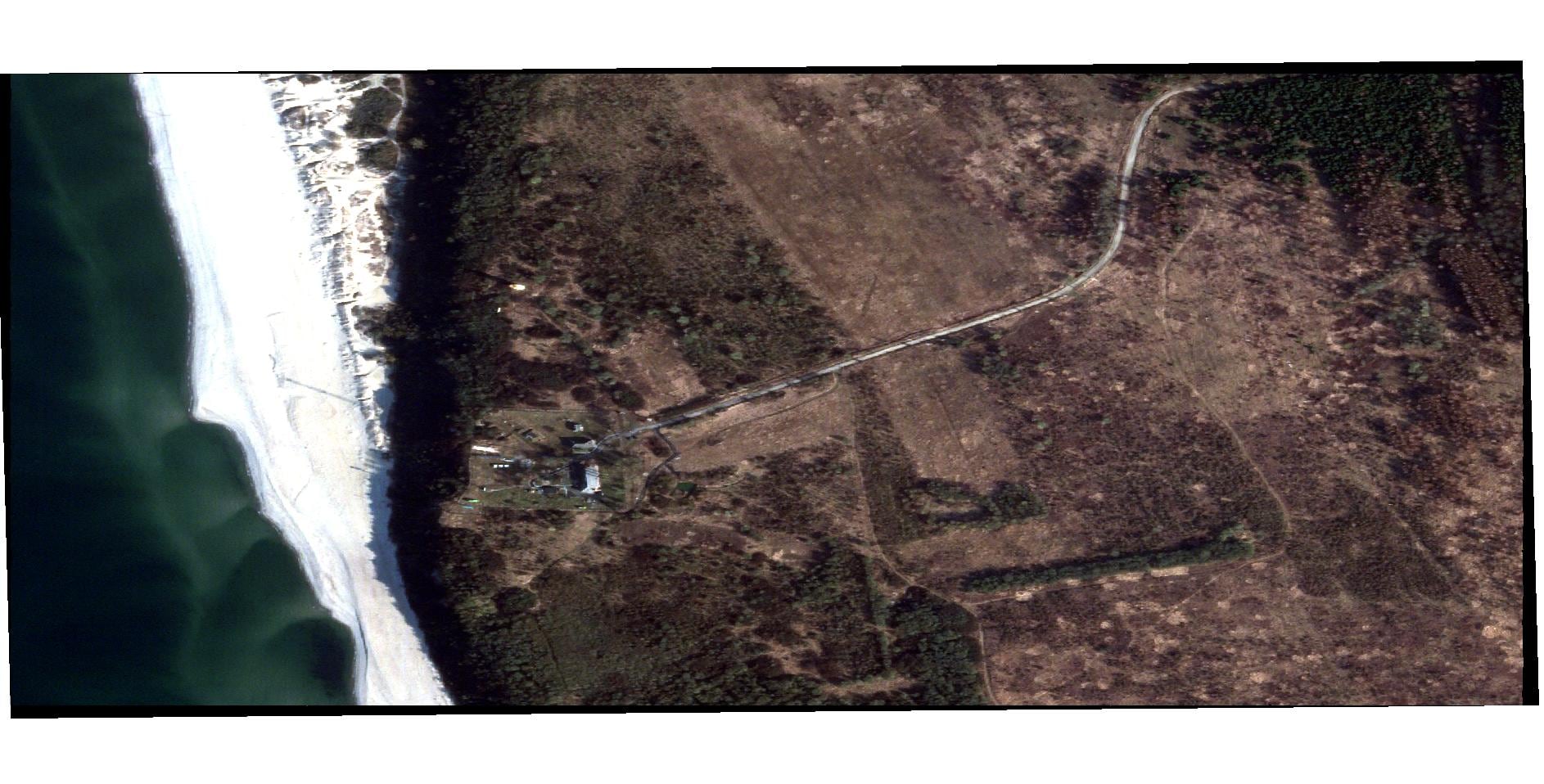It's been nearly two years since the Defense Information Systems Agency awarded a $16 million mobile device management (MDM) contract to Digital Management Inc., the first wide-scale program to embrace mobility within the Defense Department. In the months since, DISA has worked to onboard users into the program while other defense organizations have pursued some mobility options of their own.
In many cases, it's been a process of trial and error — and many lessons learned along the way — to get smartphones and tablets into the hands of troops and civilian personnel. Today, under DISA management alone, some 83,000 users have BlackBerry devices, and the agency so far has 14,400 users from the Army, Air Force and other defense agencies in the MDM program using BlackBerry, iOS and Android devices.
"We're continuing to build our user base and the number of devices managed at the unclassified level. We're seeing a jump in users as the curve and processes [flatten]. It's not just about MDM; it's a mobile ecosystem for us and DoD," said Kimberly Rice, DISA DoD mobility program manager.
Unclassified DISA MDM users include DISA personnel; the Army; the Air Force's Air Mobility Command, Air Combat Command, Air National Guard and Air Force Global Strike Command; the Defense Threat Reduction Agency; and some combatant commands.
By the end of the fiscal year, another 30,000 to 40,000 users are projected to be operating under the unclassified MDM program.
On the classified side, secret users are undergoing a limited deployment with a 2.0 release that "is significant because it does two things for the department: It gets a new secret device introduced, and it introduces MDM into the secret architecture," Rice said. "That's a big success story for us because we've stood it up [and] we're in production now. We have a few capabilities that need to get finalized, and we're targeting the end of May or beginning of June for full deployment on the secret side."
So far, the secret program has roughly 450 users under a pilot effort and the limited 2.0 deployment. Rice declined to give specifics, but said the users are leaders from across DoD and the federal government.
In both programs, though, the numbers of users and devices can be erratic. Leaders at various organizations are watching how successful other efforts are, while at the same time DISA juggles multiple, often competing, priorities.
"It's unpredictable for a couple of reasons, one being that DISA likes to be overachievers and do lots of stuff at the same time. One thing happening in parallel of mobility is the agency is going through the process of deploying the next offering of our storefront capability, the ordering system for DISA services. So we have efforts at the agency level where DISA is modernizing the business systems and the ordering processes for how we manage customer services," Rice said. "With IT systems and the complex user base that DISA supports, it's difficult to come up with one-size-fits-all solutions when it comes to how to manage orders and trying to do several things at same time."
Throughout the process, DISA officials have had to reexamine how the agency scales some programs; what worked well with a small user base didn't necessarily work as well with a larger one. It's just one of many lessons learned along the way, Rice said.
Another lesson: coordinating user expectations, tech refresh and development cycles. Different devices work for different people, resulting in different user experiences and preferences — not necessarily a familiar problem in a place where a single device and operating system for years were the mobile status quo. Combine those preferences with a commercial (read: personal device) tech cycle that changes in weeks and months and it's clear that expectations have to be managed.
"The DoD side is mimicking the commercial side, so we've learned that we have to relook at ways of doing business, because we're not equipped to handle that type of speed," Rice said.
While DISA — or any federal agency, for that matter — might not be able to outfit users with the newest iPhones or Samsungs as soon as they're released, the military services are looking at ways to arm troops with the best technology possible to stay connected at all times.
In the Army, a cost-benefit analysis last year identified 120,000 cellular and mobile devices in use across the service, according to Rick Walsh, mobility lead in the Army CIO/G-6 office.
"The Army doesn't directly endorse any specific device; we're building the architecture and capability, and the user then has the opportunity to select any one," Walsh said. "The vendors, be it Apple, Samsung, BlackBerry or whoever, have the opportunity to compete for our business."
Walsh said with the growing number of options, Army officials are anticipating that current BlackBerry users will want to change devices — as many as 10,000 to 20,000 could switch within the next year.
"In the first couple years in the use of mobile, we were focused on getting hardware into the hands of users. So in the early part of the process, it was about the shiny object," Walsh said. "Now that we're beyond that and have senior leadership buy-in, we're working on the governance and compliance and the rules in place that will let us carry out these programs."
Other policies currently in the works include guidance for establishing wireless access to the DoD information network and unclassified NIPRNet, as well as the use of derived credentials that allow users to sign emails, encrypt and authenticate without the external common access card, he noted.
Walsh echoed Rice in that it's a learning curve for military leaders to try to match bureaucratic policies with a world where hardware changes every six months, operating systems change at least once a year and updates come every 30 days. But that's what they are trying to do in order to put in place a certification and accreditation process that can keep pace with apps that vary by week — and allow the military to be device-agnostic and heavy on competition and value.
"We're trying to connect soldiers from their home station through the mobility phase into their destination, such as from Belvoir to transporting themselves through Europe and landing in Afghanistan," Walsh said. "We want the ability for soldiers to communicate the entire time with a single device. And from the business side, we want to enable the Army soldier or civilian to perform their job function on a mobile device wher ever they are, on any device, at any time. It sounds easy, but really, it isn't."








